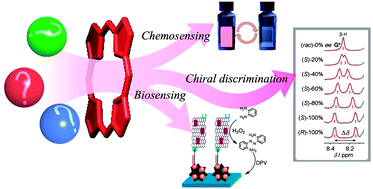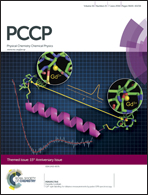Porphyrin-based sensor nanoarchitectonics in diverse physical detection modes
Abstract
Porphyrins and related families of molecules are important organic modules as has been reflected in the award of the Nobel Prizes in Chemistry in 1915, 1930, 1961, 1962, 1965, and 1988 for work on porphyrin-related biological functionalities. The porphyrin core can be synthetically modified by introduction of various functional groups and other elements, allowing creation of numerous types of porphyrin derivatives. This feature makes porphyrins extremely useful molecules especially in combination with their other interesting photonic, electronic and magnetic properties, which in turn is reflected in their diverse signal input–output functionalities based on interactions with other molecules and external stimuli. Therefore, porphyrins and related macrocycles play a preeminent role in sensing applications involving chromophores. In this review, we discuss recent developments in porphyrin-based sensing applications in conjunction with the new advanced concept of nanoarchitectonics, which creates functional nanostructures based on a profound understanding of mutual interactions between the individual nanostructures and their arbitrary arrangements. Following a brief explanation of the basics of porphyrin chemistry and physics, recent examples in the corresponding fields are discussed according to a classification based on physical modes of detection including optical detection (absorption/photoluminescence spectroscopy and energy and electron transfer processes), other spectral modes (circular dichroism, plasmon and nuclear magnetic resonance), electronic and electrochemical modes, and other sensing modes.

- This article is part of the themed collection: PCCP’s 15th anniversary

 Please wait while we load your content...
Please wait while we load your content...